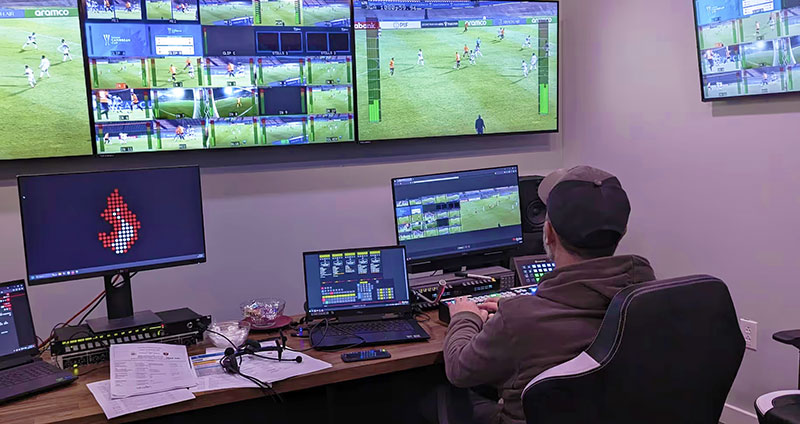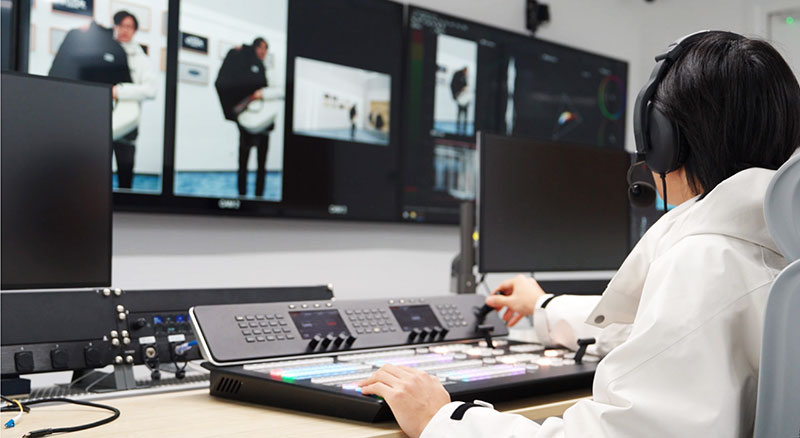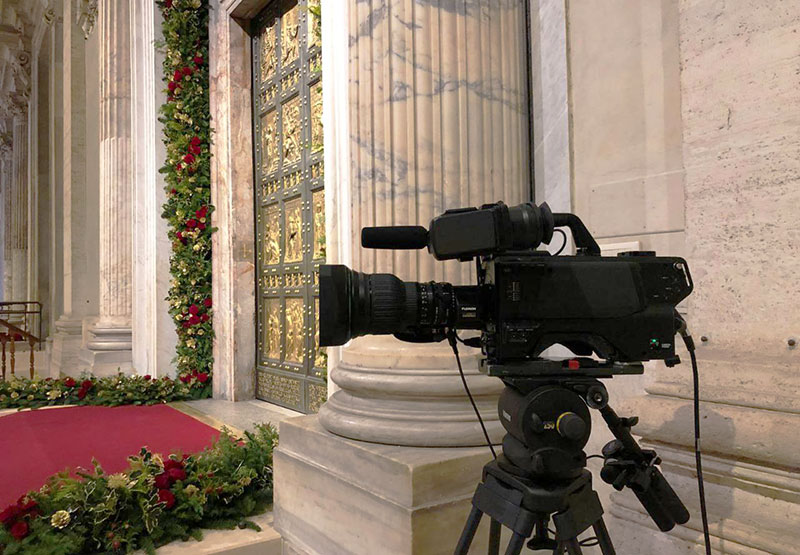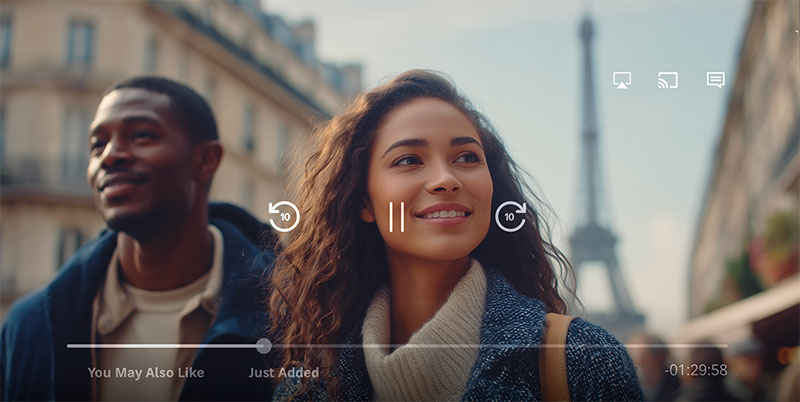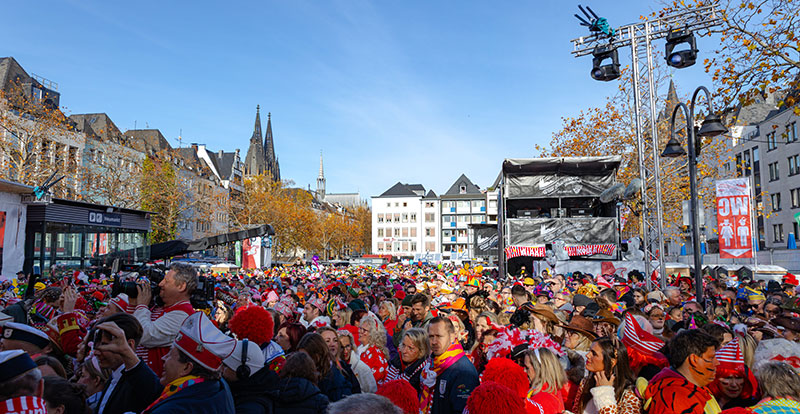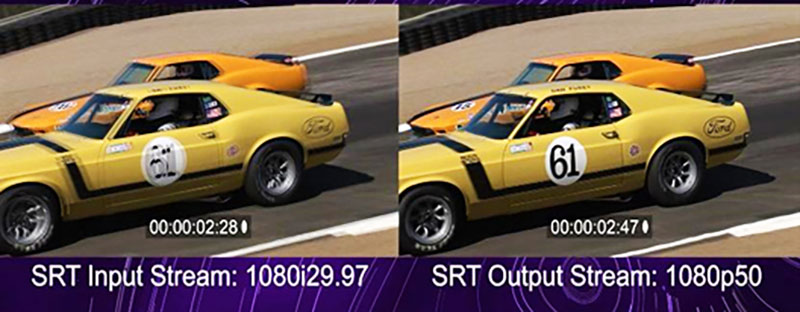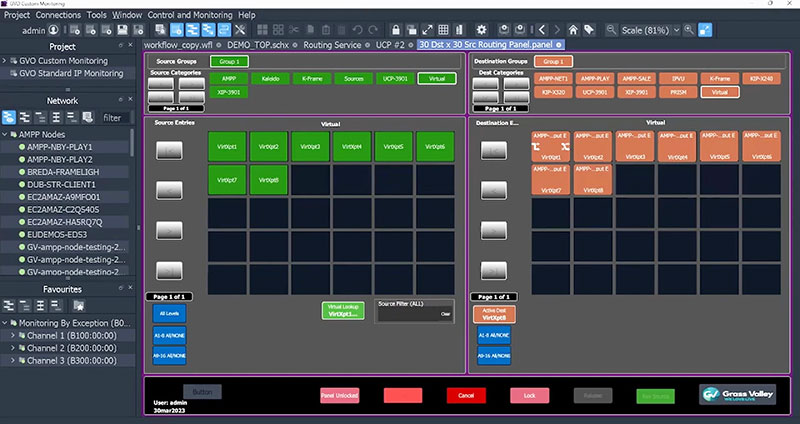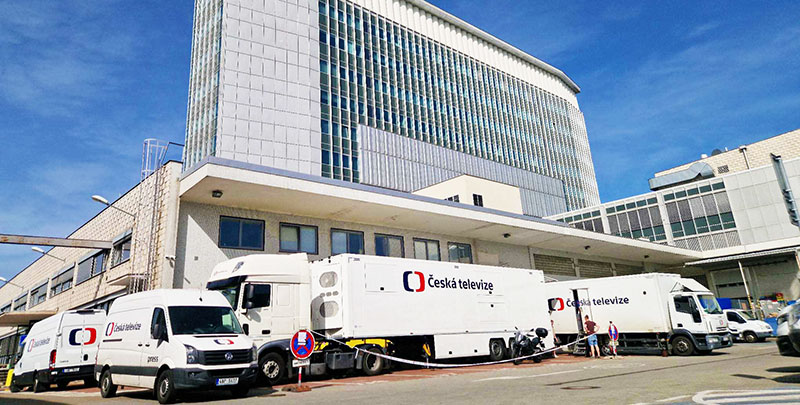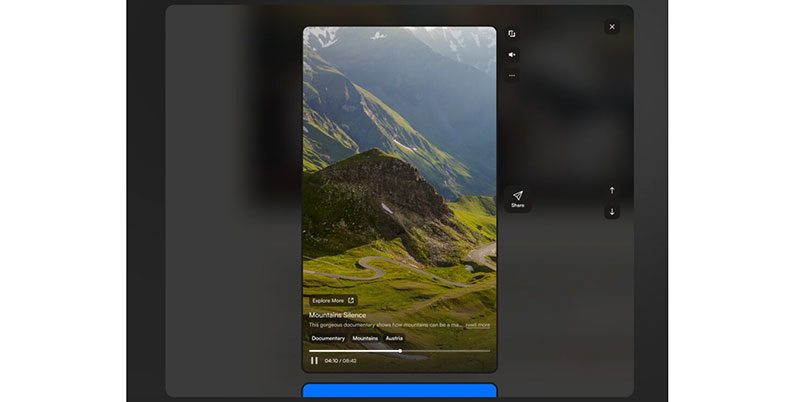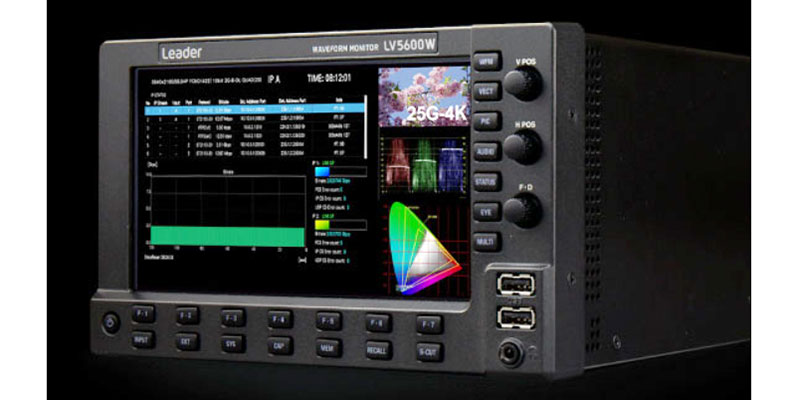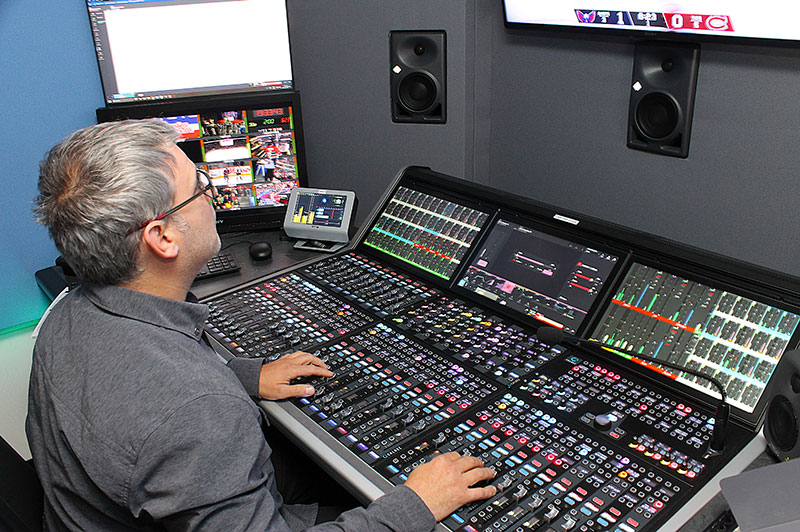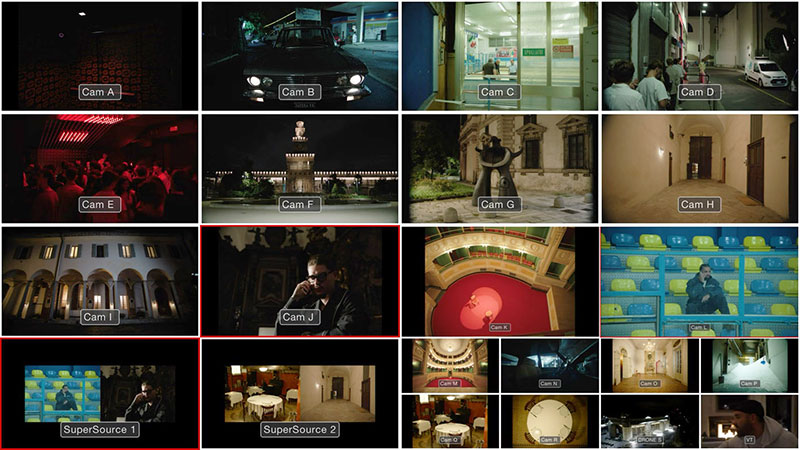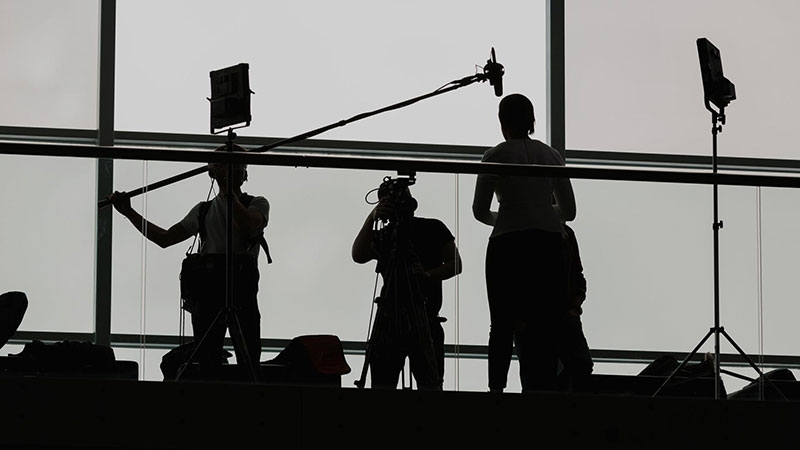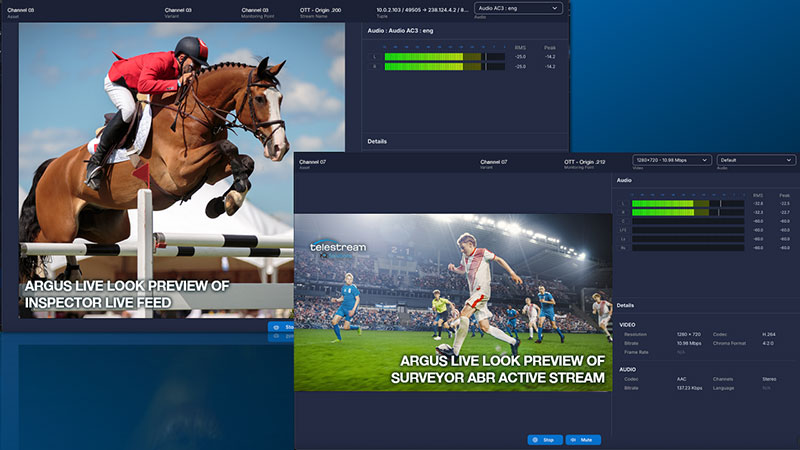BCC Live carries out a broad range of encoding/decoding operations with AJA BRIDGE LIVE, taking in nearly any type of feed and delivering whatever end format is required.
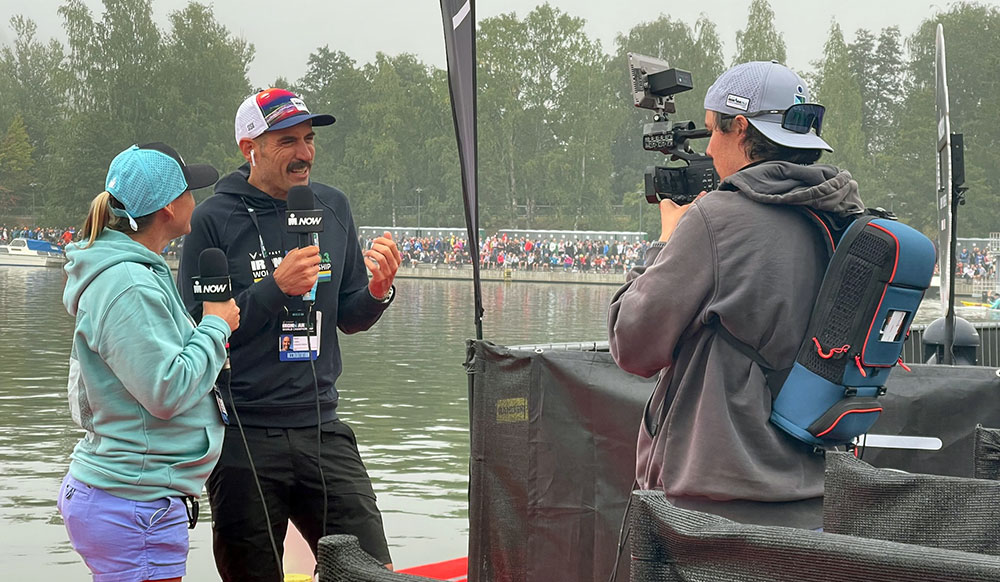
In live event production, being prepared for unexpected incidents, ranging from small codec or frame rate issues to larger problems, is essential. BCC Live Productions in Boulder, Colorado uses such challenges to find opportunity. The company’s founders have backgrounds in IT, but have developed an effective live production pipeline. The team regularly helps organisations like IRONMAN, Rock n Roll Marathon and others deliver broadcast quality coverage of niche sporting events and conferences to global audiences.
15-minute Demo
Dave Downey is BCC Live’s President and Event Technician. The company has to carry out a broad range of encoding/decoding operations, and has invested in an AJA BRIDGE LIVE IP video workflow bridge. “With BRIDGE LIVE, we can take in nearly any type of feed and send out whatever end format is required,” Dave said. “After only a 15-minute demo of the device, we were sold. It has solved a lot of problems for us.” The significance of this remark becomes clearer by looking at some of the team’s workflows.
Whether broadcasting or running tests, BCC Live deploys BRIDGE LIVE nearly every weekend to support a range of production demands – for example, 1080i or 1080p, 50 or 60 fps, SRT and others. They also use it to send SCTE markers to customers for triggering breaks, as opportunities for breaks arise or become necessary.
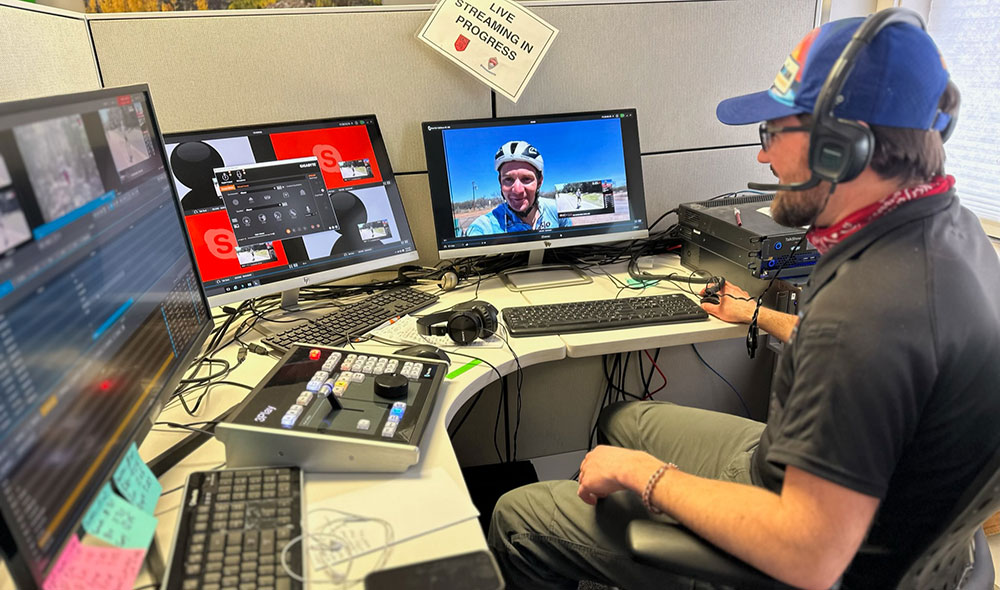
In the case of 70.3 IRONMAN competition broadcasts, during which a production company partner runs the ad breaks – like the IRONMAN European races – BCC Live will use BRIDGE LIVE to send SCTE metadata down to the broadcast channels so that the production team can trigger ad breaks.
BCC Live’s comprehensive services span production through post – including animation and graphics – which means every project is going to be different. At the start of each project, BCC Live ensures all the right people, assets and equipment are in place as a first step, then builds out and customises the event graphics.
Many Formats, One Device
The BCC Live team often receives live event feeds from a production company, then mixes the content, adds the graphics and broadcasts it via YouTube or other online video platforms – potentially to millions of viewers. They can also package the content into 45-second highlight reels for social media platforms like Instagram. Regardless of where content is produced, anything broadcast or streamed by BCC Live comes into its Boulder studio before distribution to viewing platforms.
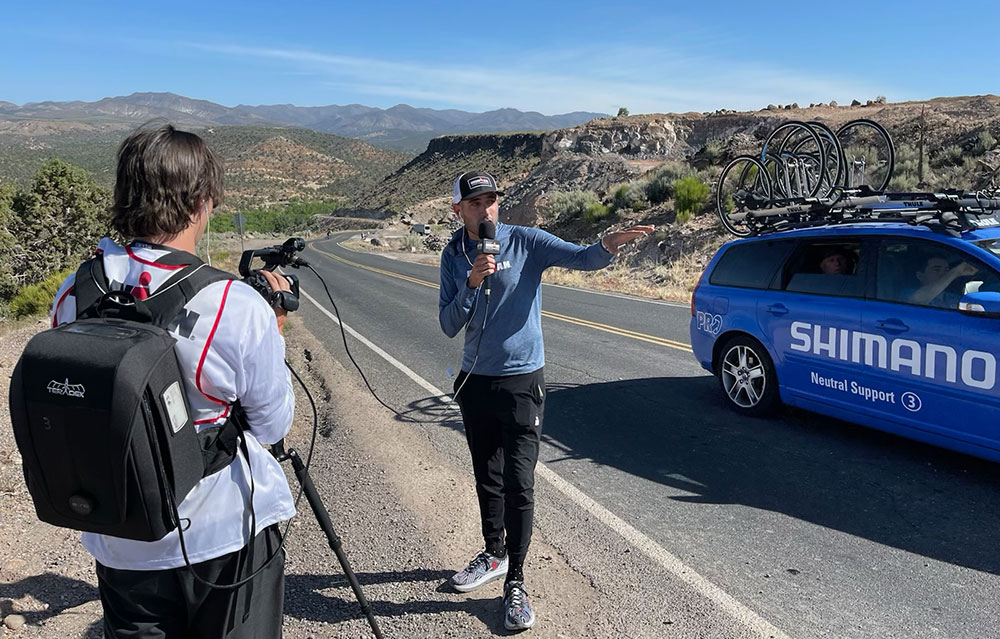
Clients frequently request SRT and RTMP, as well as SDI and NDI. By working with BRIDGE LIVE, the team can support many formats with one device. “The fact that BRIDGE LIVE supports so many types of connectivity, video codecs and protocols has significantly reduced the volume of equipment we use. Because we can go in and build a new profile for any project, we’re set for the broadcast without a lot of stress,” said Dave.
Commenting on NDI in particular, he remarked, “We love using NDI with BRIDGE LIVE because we don't have to use a dedicated machine to send the signal in the studio. I open the signal on my laptop in NDI, do a quality check, bring it into the TriCaster, and set everything up correctly. Then, I can patch it and set it up as SDI, so whenever we need to make it available in multiple places, we can use a matrix splitter. This means multiple studios can take what they need from an NDI signal, and it’s also a simple way to generate a world feed as we get it.”
IRONMAN Workflows
Many of BCC Live’s productions for European IRONMAN events are quite complex. They start with a live premix feed from a production company partner. The Boulder studio receives that feed via BRIDGE LIVE, pulls it into its video mixer via SDI and sends it to a few destinations in-studio. BCC Live transmits the feed through its replay machine and sends a split into its TriCaster via SDI, where the team adds HTML5 graphics. If the producer has used a green screen background, it can be keyed out of the feed and replaced with video behind the hosts to give users the impression they are in the location of the event.
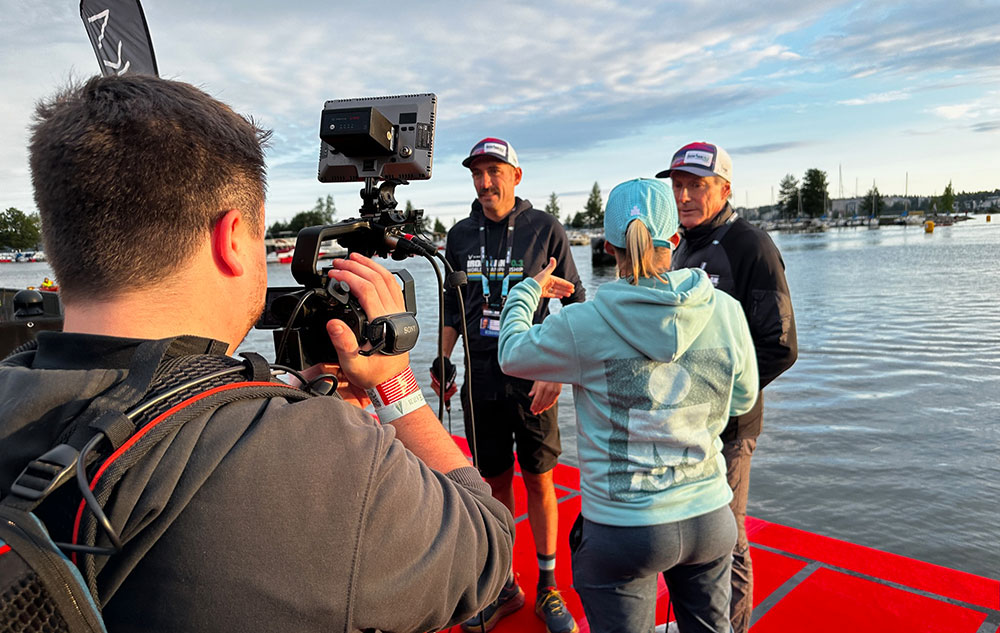
BCC Live then sends the feed out via BRIDGE LIVE to YouTube, Facebook and elsewhere for viewers, as well as to Grabyo, which distributes to all selected platforms simultaneously with its integrated tools for clipping, audio mixing, graphics, replay and live ad insertion.
Next, the team works through LiveU Studio, a cloud-native live video production system that gives users access to a broadcast-grade vision mixer, which they can use to collaborate with talent and distribute content to various digital platforms simultaneously. BCC Live delivers a world feed to LiveU Studio, as well as a mixed feed from the BRIDGE LIVE. In LiveU Studio, they have the option to mix in remote hosts or localised content, and send that off to specific networks or streaming platforms.
Configuration Options
“One of the main advantages of BRIDGE LIVE is that we can specify every piece of the configuration, like the frame size, and we’re never limited to just two choices,” Dave said. “With some encoders, you’re stuck with the presets. We can specify almost any configuration option on the input and output. For our newer high-end broadcasting clients, we can supply the video PID, Audio PID and so on. Plus, we can set the audio to nearly anything we want.”
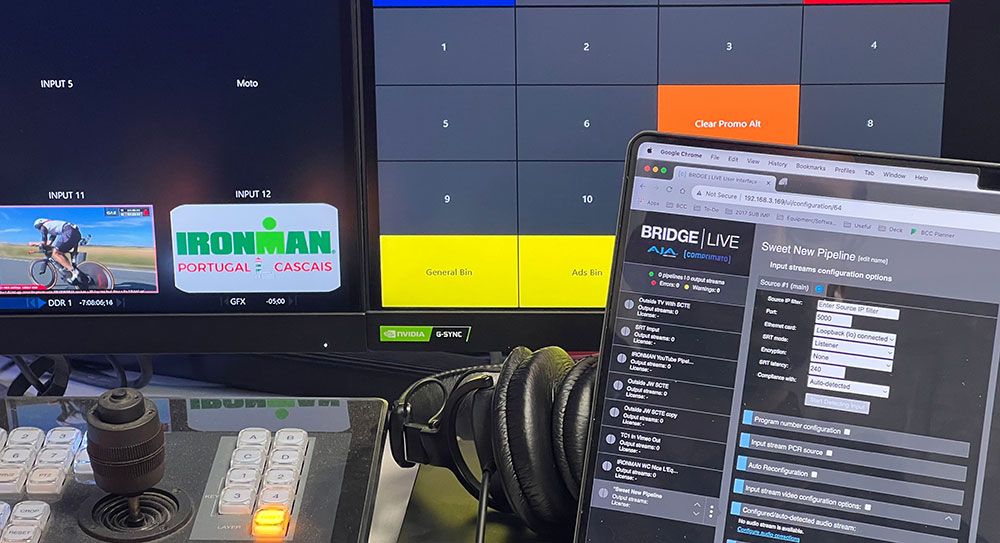
This broad array of configuration options has made a major difference for the BCC Live team, as has the device’s ability to add metadata and SCTE markers to the stream. Dave commented that BRIDGE LIVE will also make it easier to add closed captions in their upstream system.
Commenting on the development of the device, he said, “The updates AJA adds over time are hugely helpful. The addition of formats in the input and output stream is just one of many great new features since we invested in the unit. Also, recent updates have allowed us to take in progressive video and send it back out interlaced and vice versa – with just one unit instead of a huge, expensive rack.” www.aja.com




